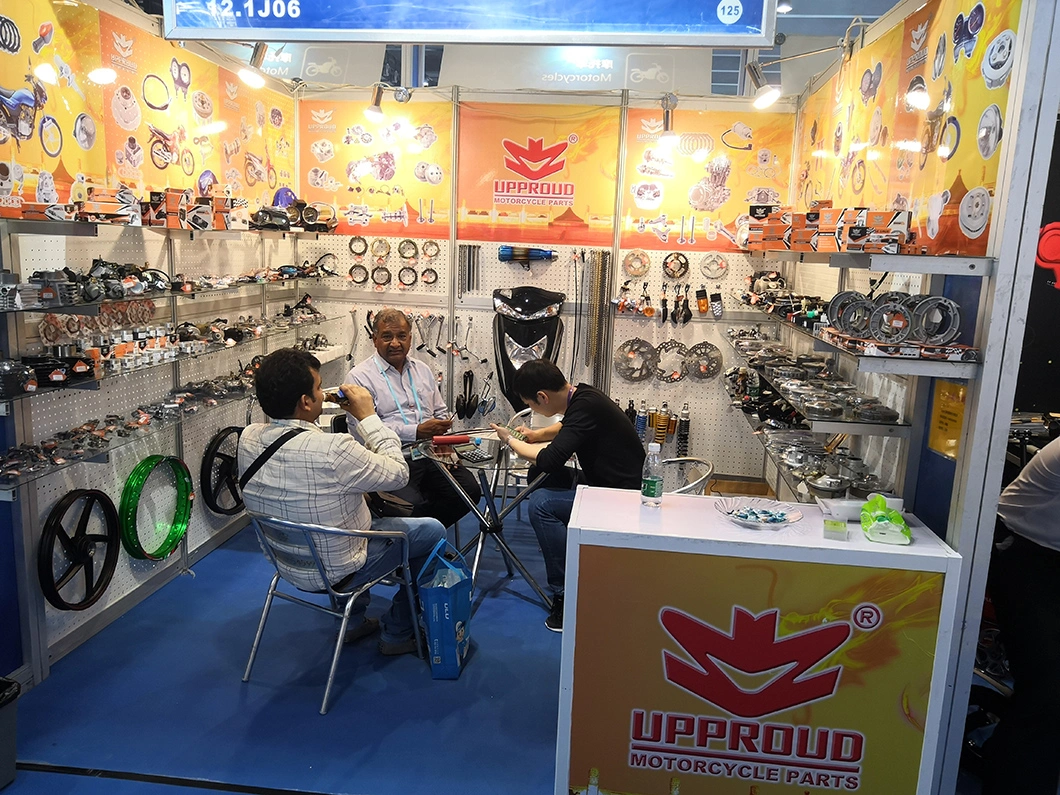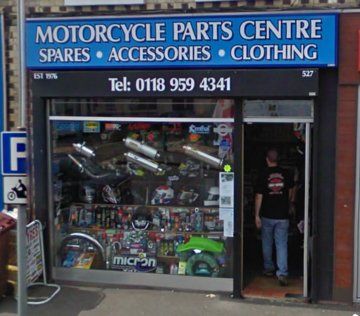Discover Top Quality Moto Parts NZ for All Your Motorcycle Requirements
Discover Top Quality Moto Parts NZ for All Your Motorcycle Requirements
Blog Article
Understanding the Vital Parts of a Bike: A Comprehensive Overview for Enthusiasts
For motorbike fanatics looking to boost their riding experience and ensure their bikes run efficiently, recognizing the necessary components of a motorbike is extremely important. Each component, from the engine's complex operations to the vital role of the stopping mechanisms, not only influences performance however additionally safety and comfort.
Engine Parts

The camshaft plays an essential function in regulating the timing of the engine's valves, guaranteeing the accurate opening and closing required for efficient fuel and air intake, as well as exhaust expulsion. This timing is important to keeping ideal engine performance and effectiveness. In addition, the carburetor or fuel shot system, depending on the bike model, is in charge of mixing air with gas in the appropriate proportion for burning.
The cooling system, either air or liquid-based, works to keep the engine's temperature within operational restrictions, stopping overheating and making sure long life - motocross gear. Each element, carefully designed and incorporated, contributes to the seamless operation of the engine, defining the motorbike's power result and overall performance
Transmission System
Indispensable to the motorcycle's capability, the transmission system guarantees efficient power transfer from the engine to the wheels. This system makes up several vital components, consisting of the clutch, transmission, and final drive, each playing a vital duty in translating the engine's power into motion. The clutch, commonly run by a hand bar, offers to involve and disengage the engine from the transmission, enabling smooth equipment changes and controlled acceleration.
The gearbox, commonly described as the transmission correct, includes a collection of equipments that riders can manually shift via to change the bike's speed and torque output. These equipments are prepared in a sequence that makes it possible for the bike to speed up smoothly and keep ideal engine efficiency across numerous speeds. A lot of motorcycles make use of a consecutive transmission, requiring the motorcyclist to move gears in an established order.
Braking Systems
While understanding the transmission system is crucial to taking advantage of a bike's power, similarly crucial is the capability to control and quit that power efficiently, which is where braking devices enter into play. Brakes are critical for security and performance, giving the cyclist with the essential control to navigate various surfaces and problems. Commonly, bikes include 2 kinds of stopping systems: disc brakes and drum brakes.
Disc brakes are a lot more common in modern-day bikes due to their premium efficiency. They include a brake disc, caliper, and pads. When triggered, the caliper presses the brake pads versus the rotating disc, transforming kinetic power right into warm, thus slowing the wheel. This system supplies much better warmth dissipation, constant efficiency, and improved stopping power, specifically in wet problems.
Alternatively, drum brakes, though much less common, are still discovered in some motorcycles. They function by pushing brake footwear versus the internal surface of a drum affixed to the reference wheel. While usually less efficient in warmth dissipation and stopping power, drum brakes are simpler and more economical.
Understanding these stopping systems' subtleties permits cyclists to maintain their motorbikes correctly and value the design that makes sure effective and risk-free stopping.
Suspension and Steering
Suspension and steering systems are vital components that substantially influence a bike's handling and trip comfort. The suspension system, being composed of forks at the front and shock absorbers at the rear, takes in road abnormalities, improving stability and control. Front forks, typically telescopic or upside down, compress and rebound to reduce impacts, while rear shock absorbers keep tire call with the road, crucial for traction and security.
Guiding, focused around the handlebars, connects the motorcyclist to the motorcycle's directional control. The guiding head bearings ensure smooth operation, enabling precise maneuverability. Proper placement and upkeep of these bearings are critical for foreseeable guiding feedback and decreasing biker fatigue.
The suspension's adjustability is an additional essential facet; preload, damping, and rebound setups enable modification to fit different riding websites designs and problems. This flexibility is important for enhancing efficiency, whether navigating metropolitan streets or taking on sturdy tracks. Developments like digital shock absorber provide real-time changes, boosting adventure quality across varied terrains.

Electric Solutions
After making sure a smooth and controlled adventure via effective suspension and steering systems, interest transforms to the electric systems, a critical facet of contemporary bikes. These systems play an essential function not just in beginning the engine however additionally in powering different elements that boost the capability and safety and security of the bike.
At the heart of a motorcycle's electric system is the battery, which shops electrical energy needed for beginning the engine and powering auxiliary more helpful hints systems - mx parts nz. The alternator or generator, paired with the rectifier-regulator, makes certain the battery continues to be charged while the motorcycle is in operation, transforming mechanical energy into electrical energy and preserving voltage levels
The ignition system, another crucial part, is in charge of igniting the air-fuel mix in the engine's cyndrical tubes. Modern motorbikes frequently utilize a digital ignition system, using greater performance and integrity contrasted to conventional systems.
Illumination systems, consisting of fronts lights, tail lights, and indications, are likewise important, making sure exposure and safety and security for the biker. Additional digital components such as sensors, control devices, and displays add to advanced functions like fuel injection management, anti-lock braking systems (ABDOMINAL), and electronic dashboards, additionally enhancing the riding experience.
Conclusion
An extensive understanding of a motorcycle's necessary elements, including the engine, transmission system, stopping devices, suspension, steering, and electric systems, is vital for enthusiasts intending to enhance performance, comfort, and safety. Mastery of these components permits for educated decisions relating to maintenance and upgrades, ultimately improving the riding experience. By incorporating this knowledge, riders can guarantee their motorbikes operate at peak effectiveness and reliability, thus maximizing both pleasure and longevity of their cars.
For motorbike lovers looking to boost their riding experience and guarantee their bikes run efficiently, understanding the important components of a motorbike is vital.Important to the bike's functionality, the transmission system makes certain reliable power transfer from the engine to the wheels.While recognizing the transmission system is crucial to using a motorcycle's power, equally essential is the ability to manage and stop that power successfully, which is where braking devices come right into play. Generally, motorbikes include two kinds of stopping systems: disc brakes and drum brakes.
An extensive comprehension of a bike's vital parts, including the engine, transmission system, stopping mechanisms, suspension, steering, and electrical systems, is important for enthusiasts intending to optimize safety and security, comfort, and efficiency.
Report this page